Abstract
1. The normal variations in the concentrations of glucose, fructose and lactic acid in the blood of the calf which occur during the first few weeks after birth have been examined.
2. The responses of calves of different ages to intravenous injections of insulin have been examined by recording both the incidence of convulsions and the changes in the concentration of glucose, fructose and lactic acid in the blood.
3. New-born calves rarely convulsed during prolonged and severe hypoglycaemia and, if convulsions occurred, the onset was delayed by 6-8 hr. At 7 days of age convulsions usually followed the injection of insulin within 1½-2 hr.
4. No relationship could be found between the duration of hypoglycaemia and the incidence of convulsions at different ages. Hypoglycaemia was most prolonged in new-born calves which rarely convulsed.
5. Insulin hypoglycaemia during the first 24 hr after birth was associated with a rise in the concentration of lactate in the blood. Similar changes did not occur in calves at 7 days of age, in which the incidence of convulsions was much higher, or in weaned animals.
6. After both splanchnic nerves had been cut, insulin always caused convulsions in 24-hr-old calves. There was no rise in the blood lactate concentration in these animals.
7. Intravenous infusions of adrenaline but not noradrenaline in amounts similar to those known to be released from the adrenal medulla of the calf of this age prevented convulsions in 24-hr-old calves after section of the splanchnic nerves. These infusions had little effect on the blood glucose concentration but caused a similar rise in the lactic acid concentration to that found in normal animals at this age during hypoglycaemia.
8. At 7 days of age convulsions could only be prevented during hypoglycaemia by infusing larger doses of adrenaline which significantly raised the blood glucose concentration. The increase in the blood lactate concentration was less than that in the new-born animals.
9. The resistance to insulin hypoglycaemia which occurs immediately after birth is transient; it depends upon the release of adrenaline from the adrenal medulla and is associated with high concentrations of lactate in the blood during hypoglycaemia.
Full text
PDF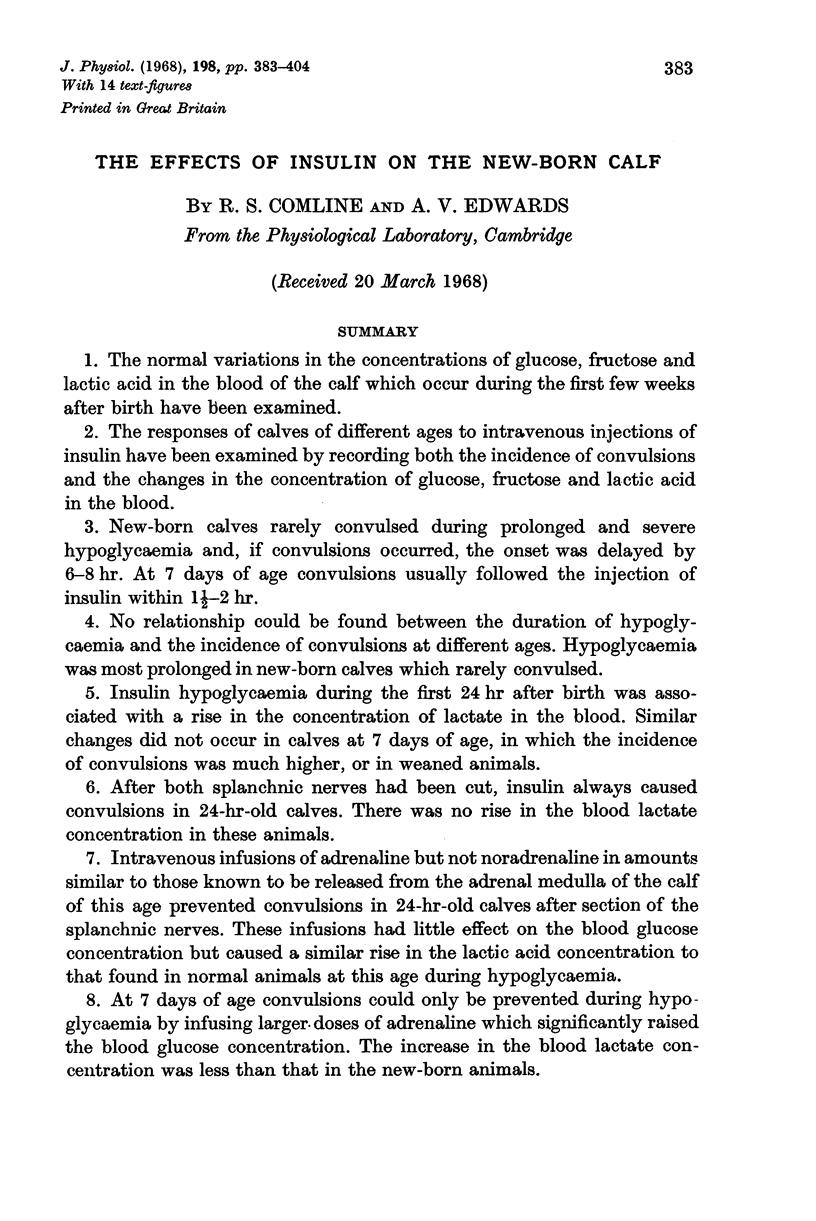
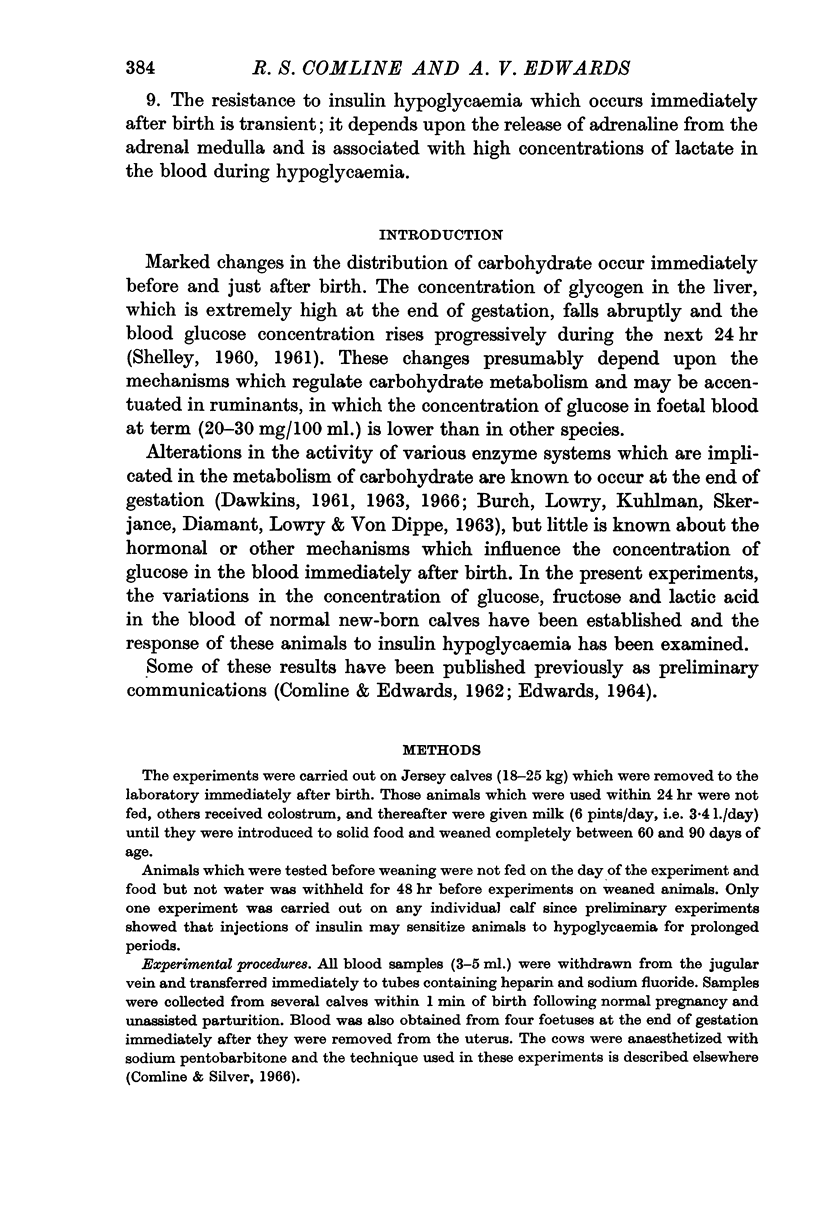
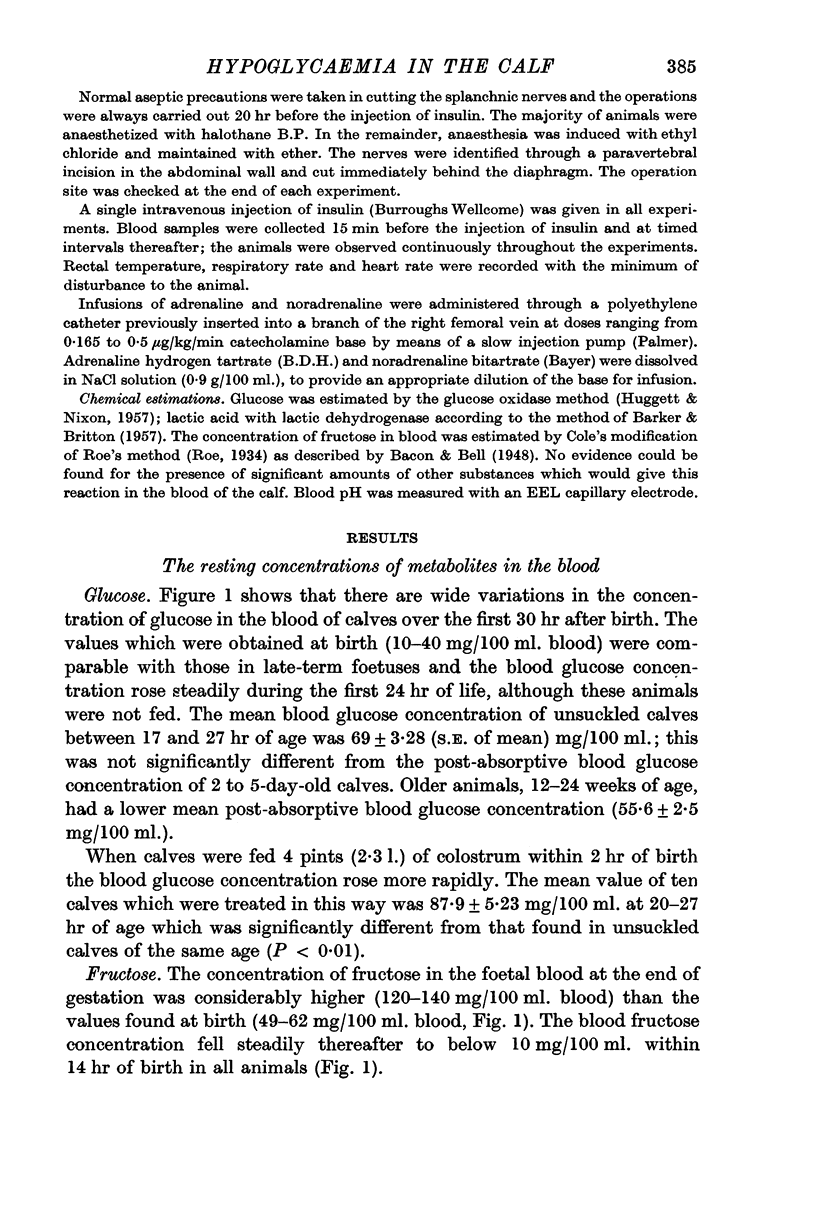
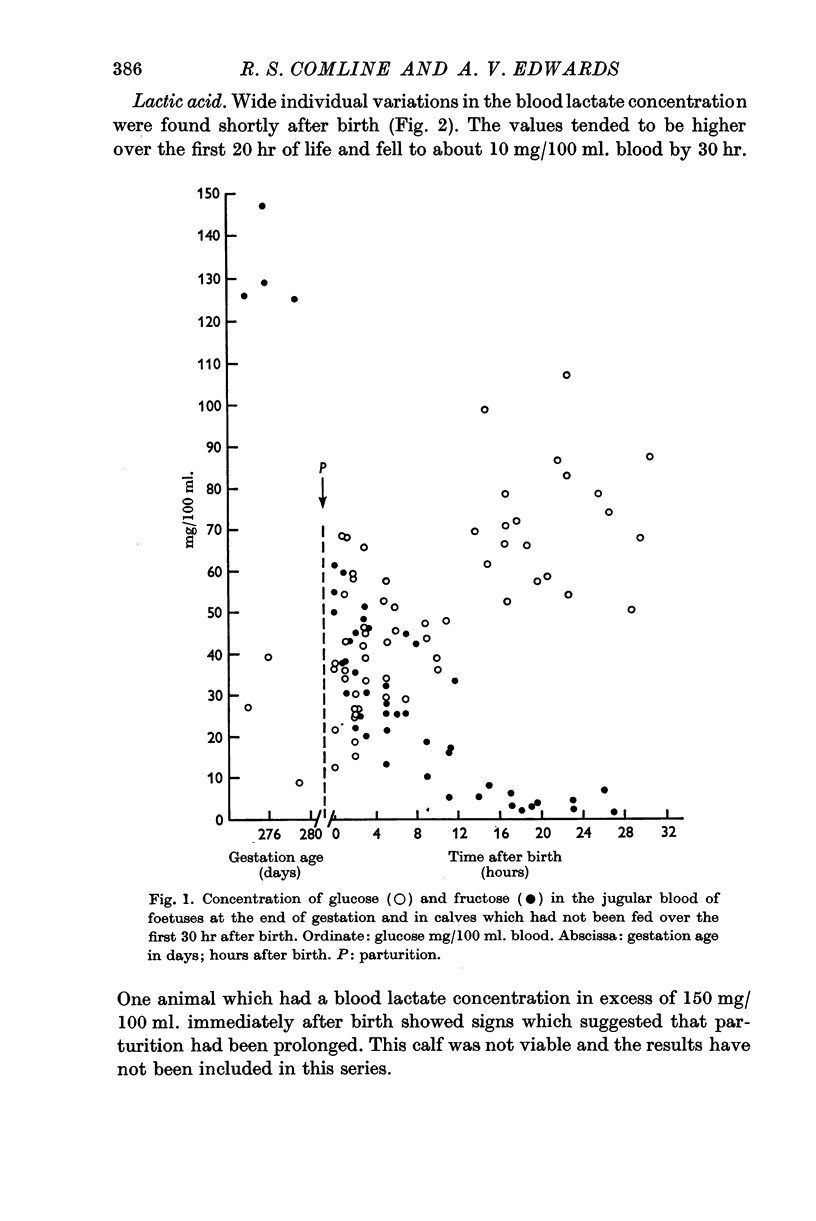
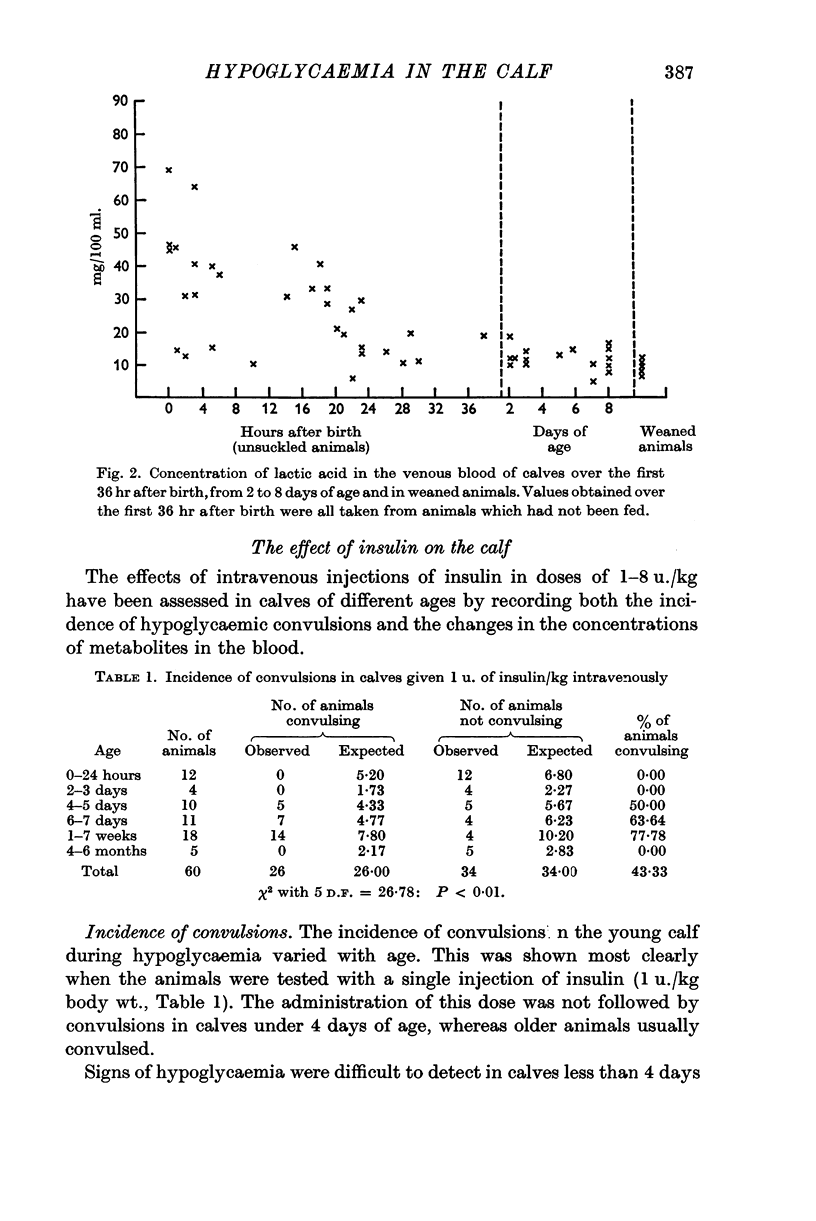
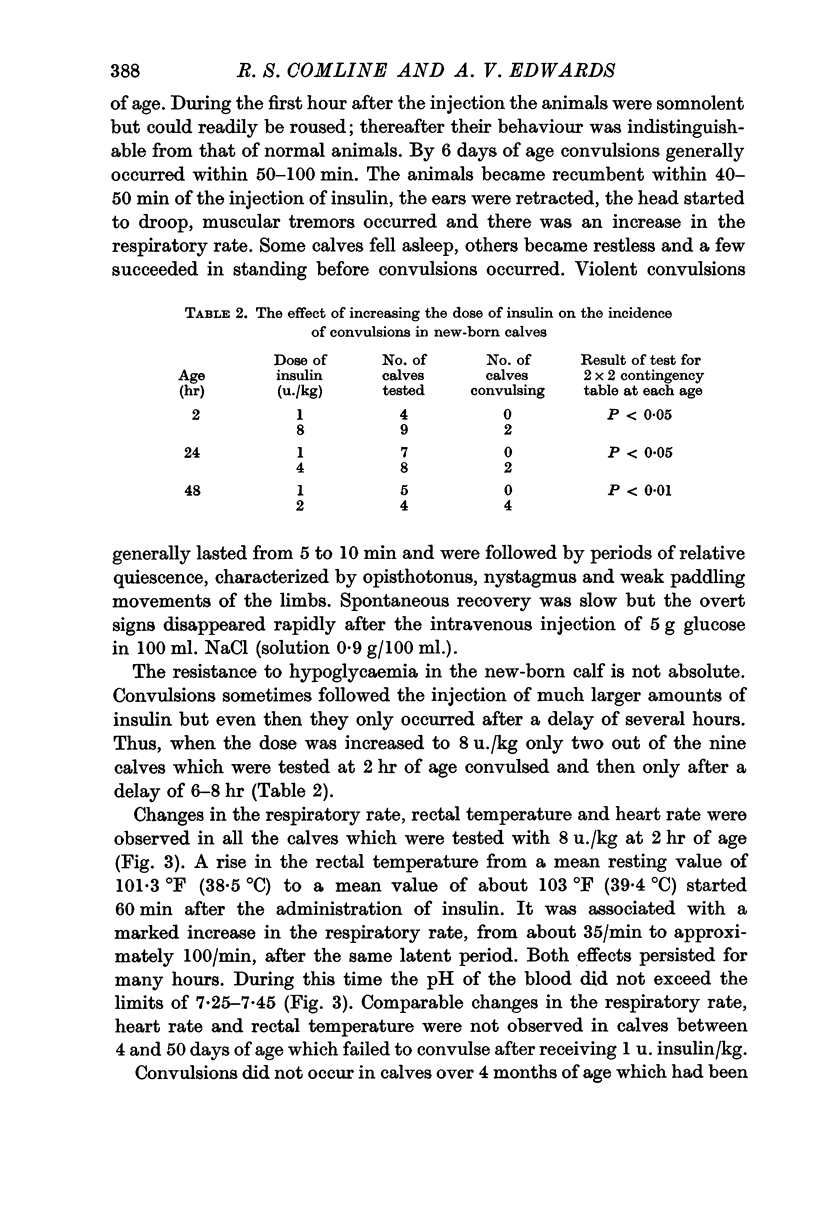
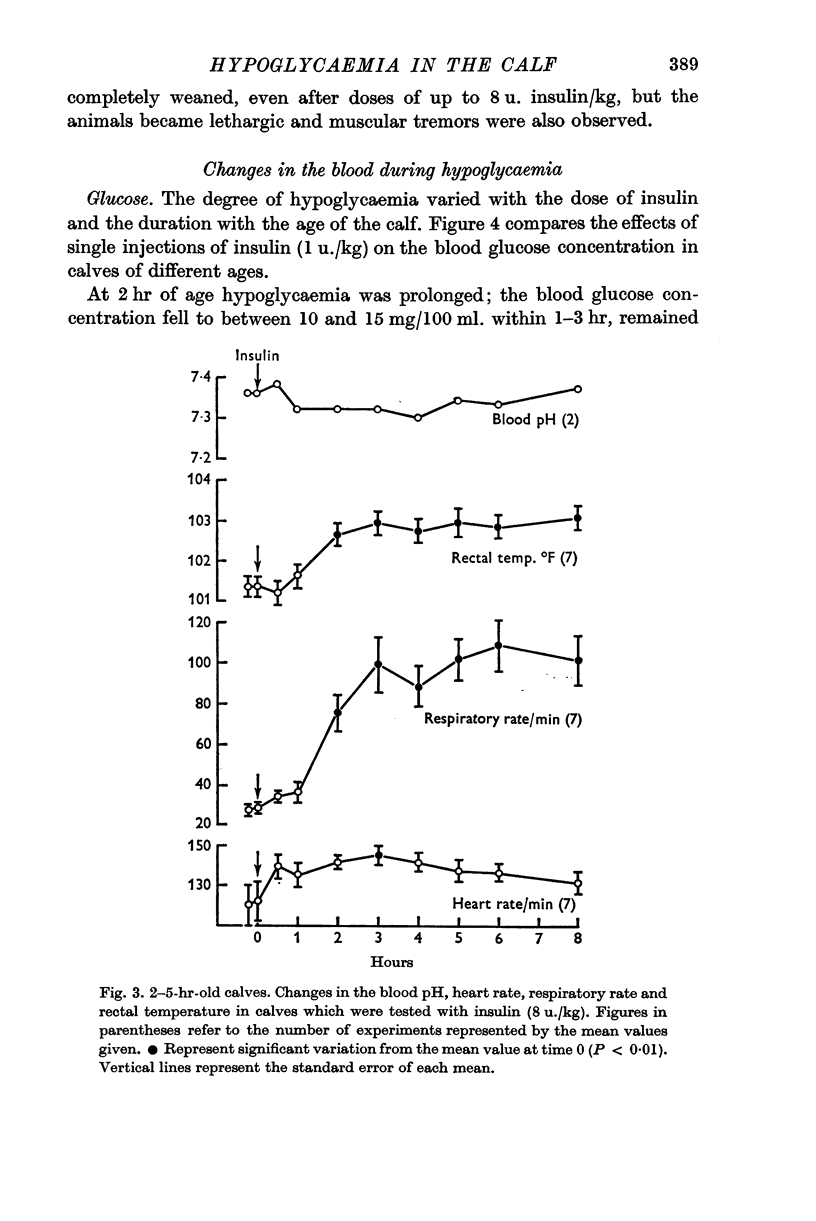
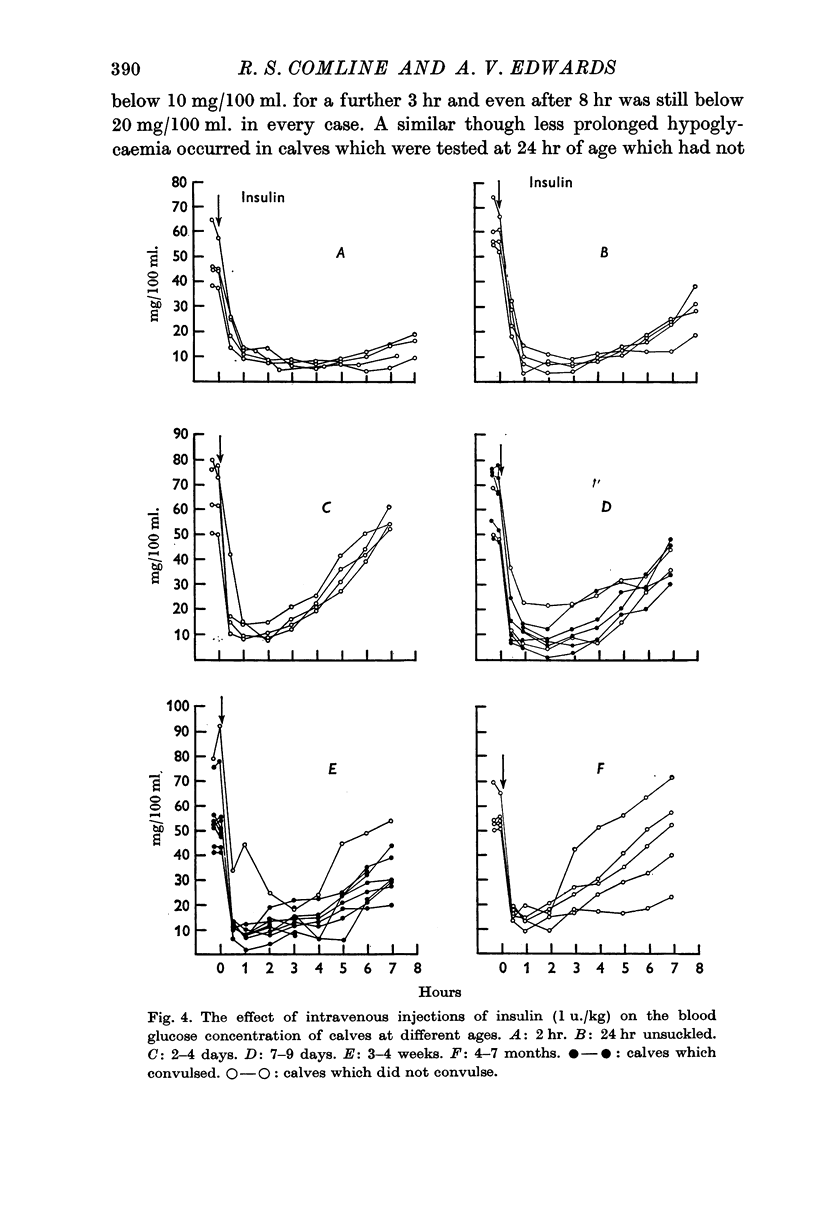
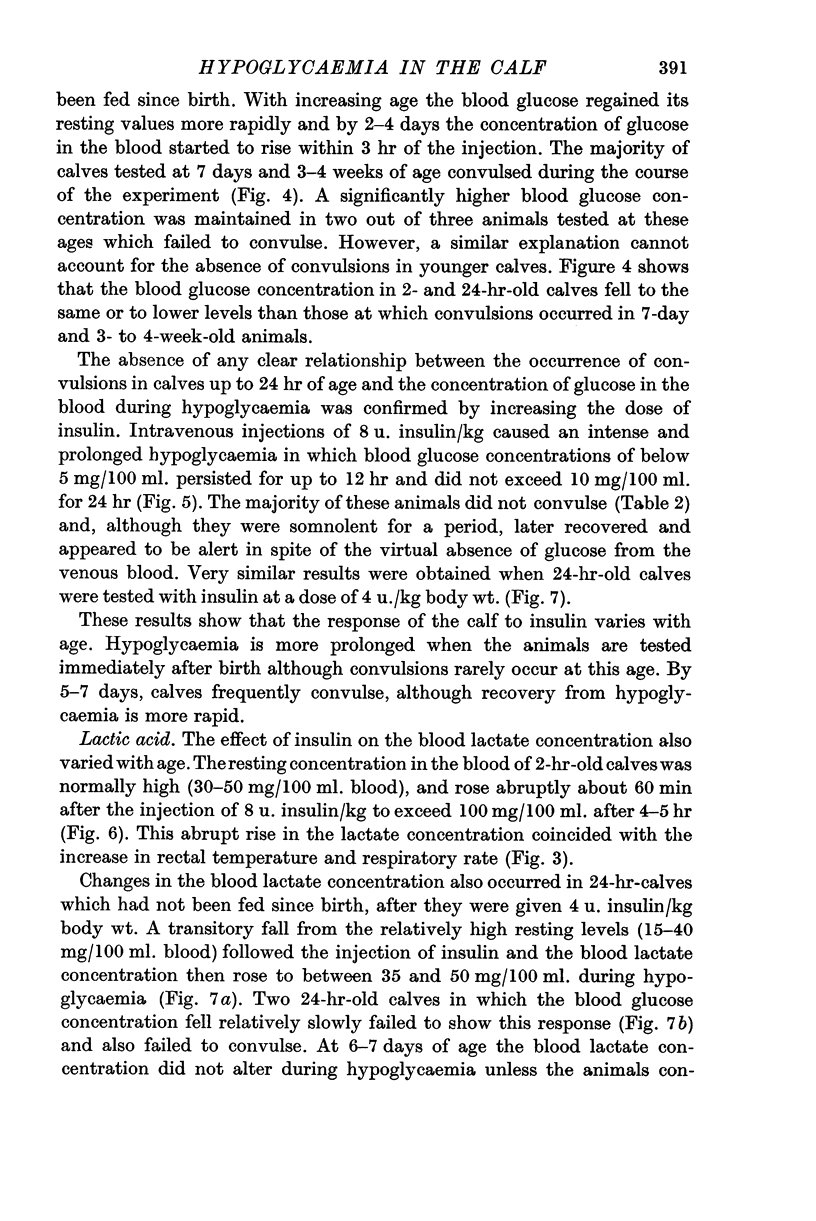
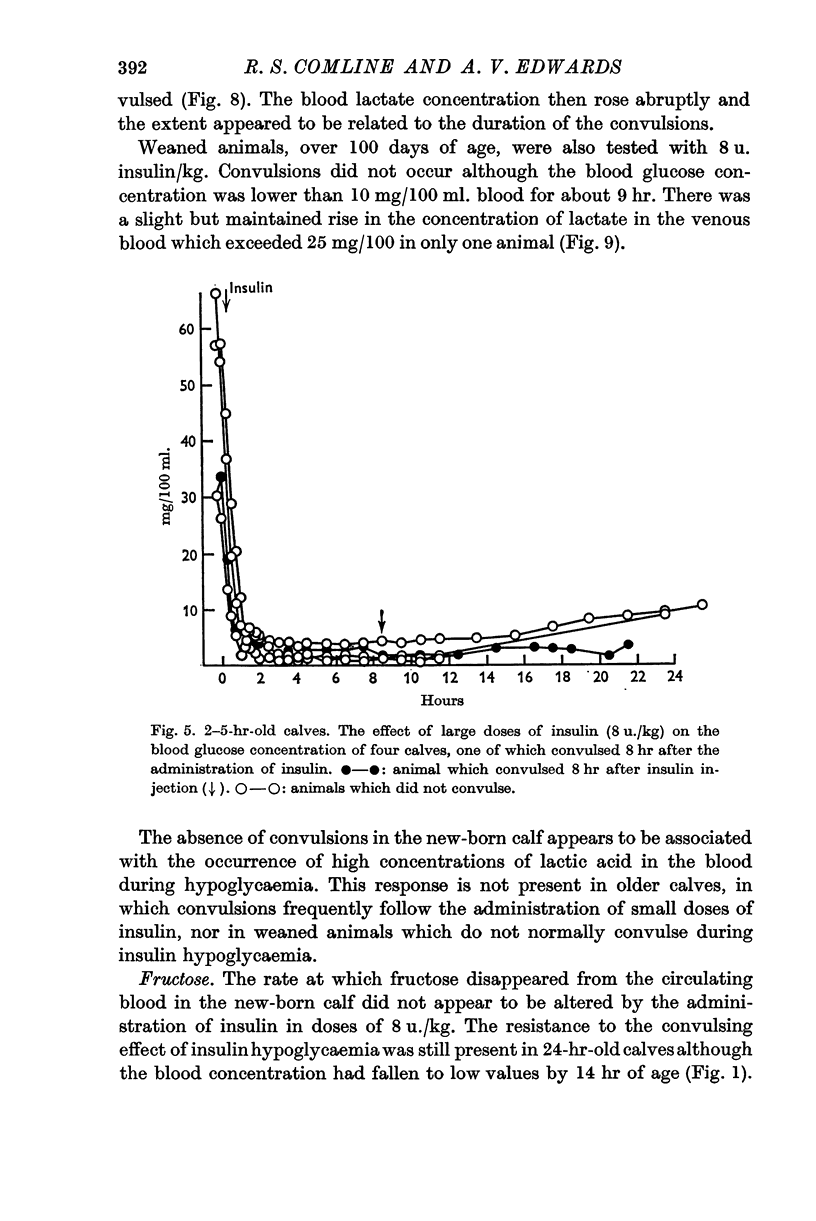
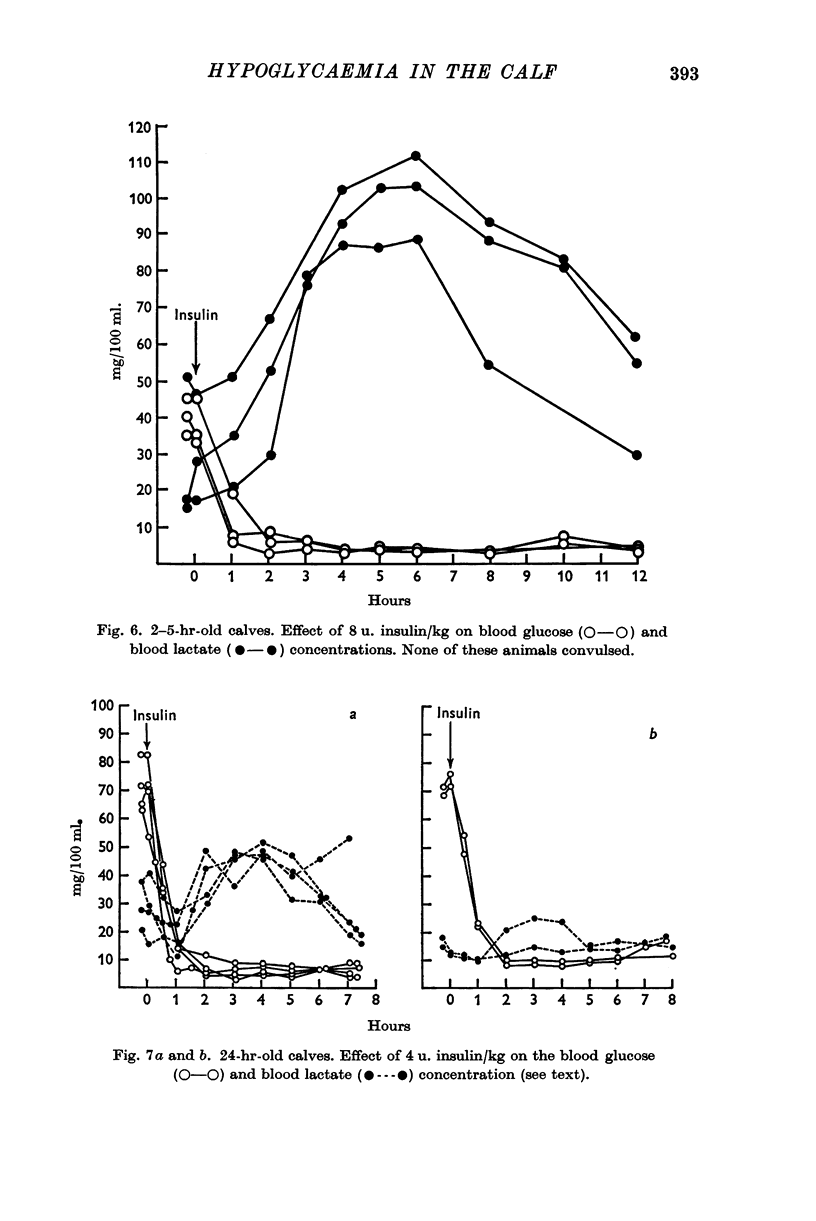
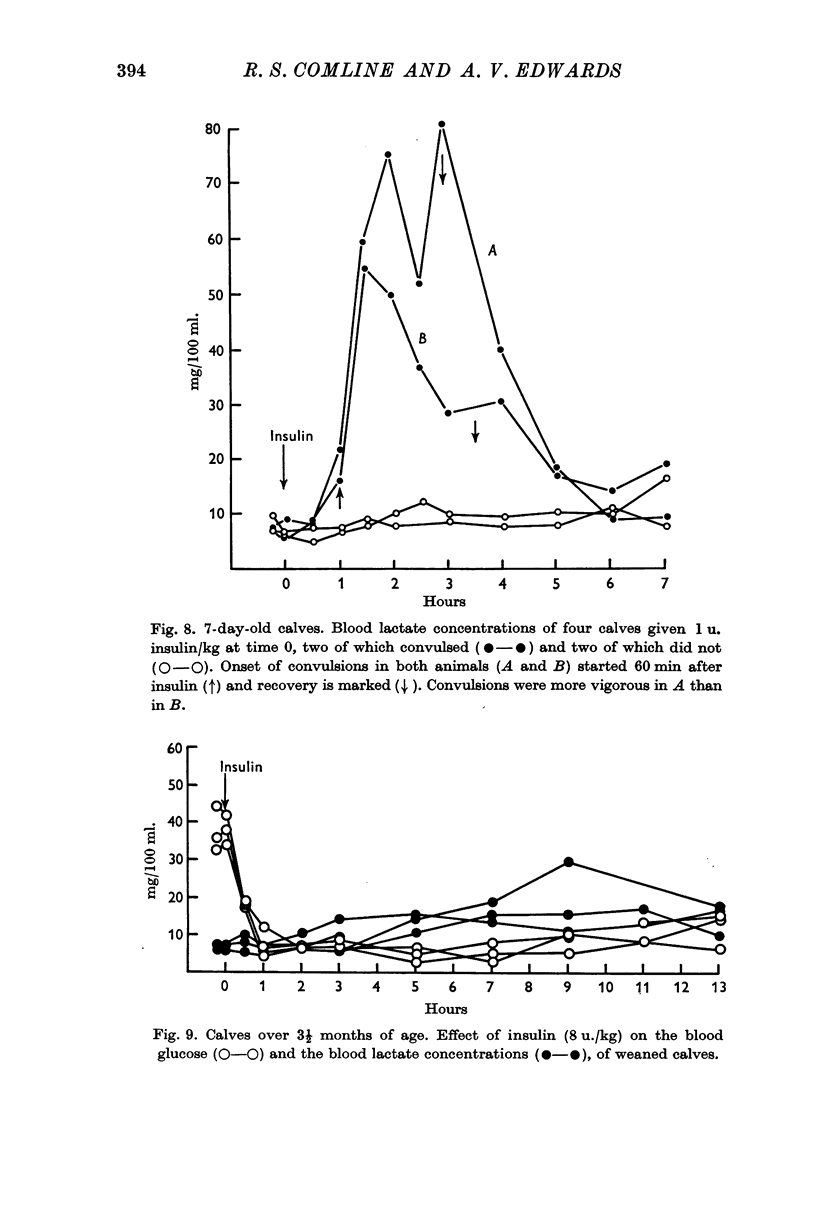
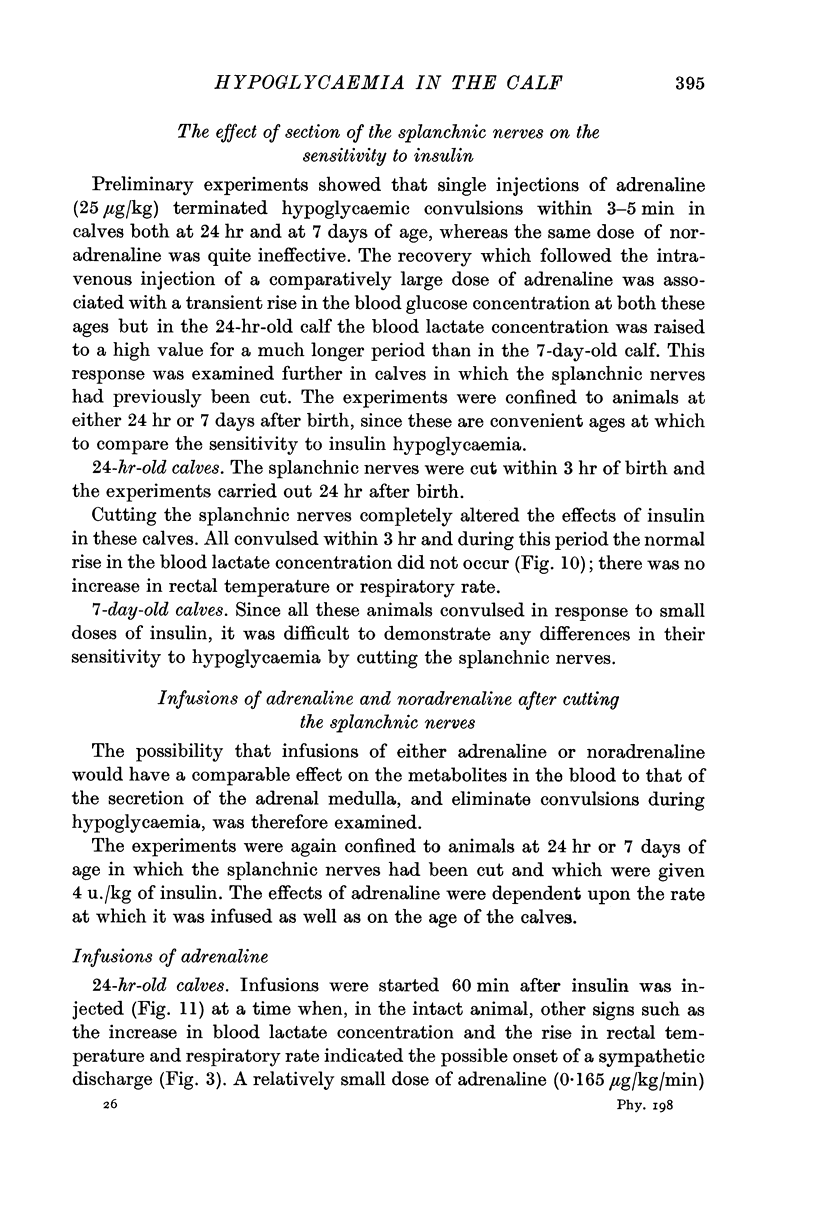
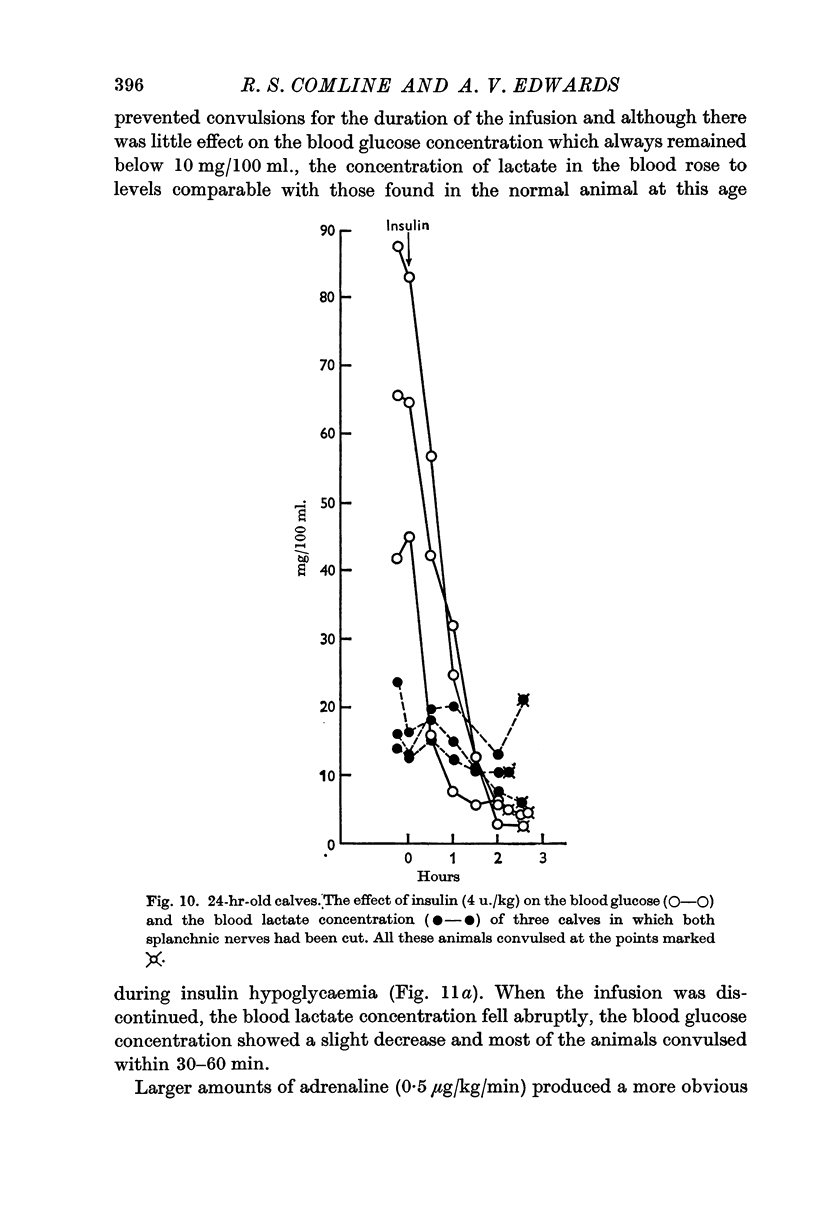
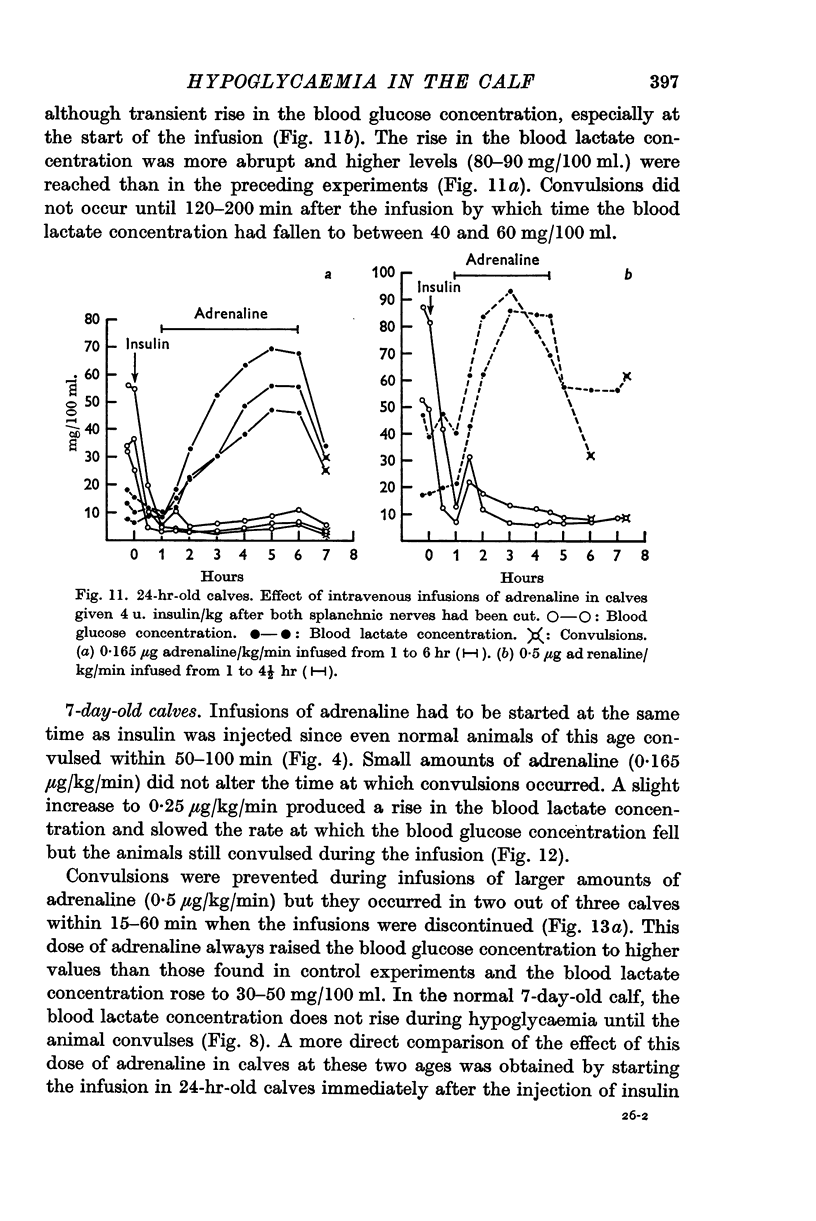
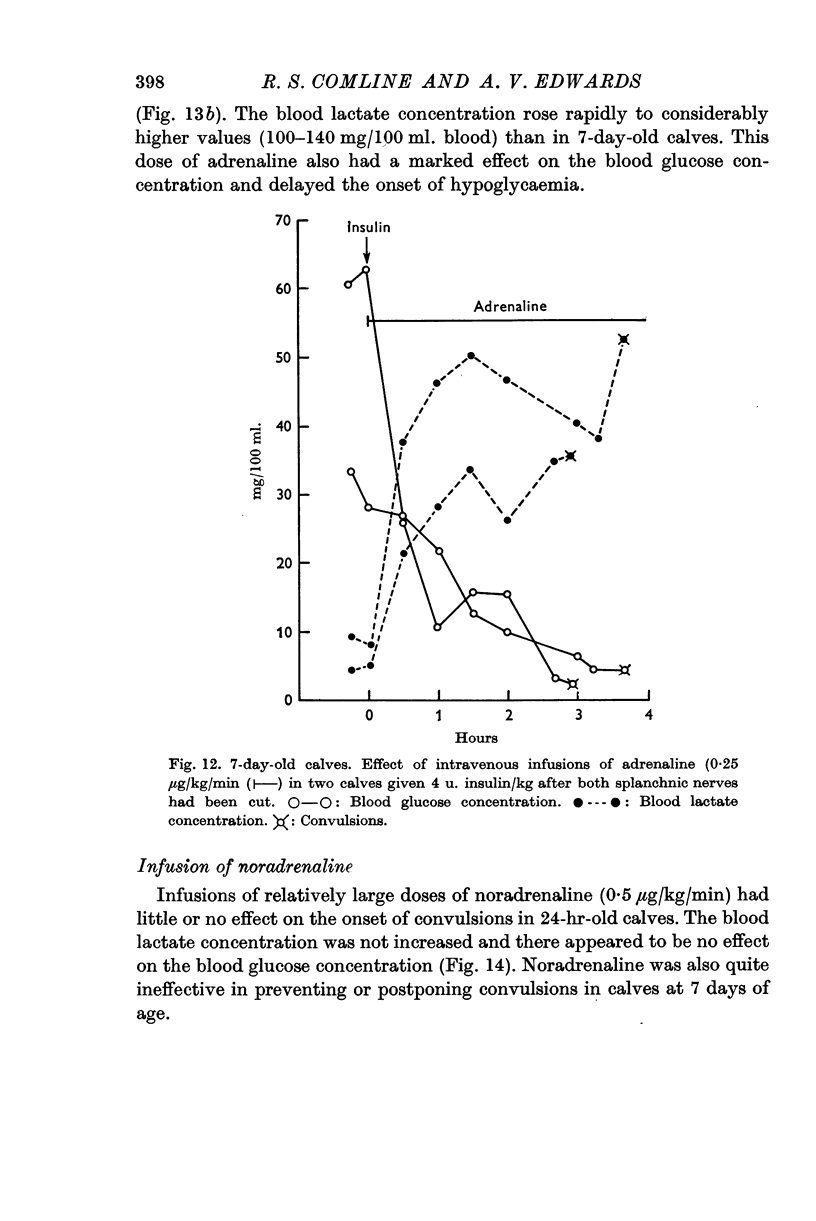
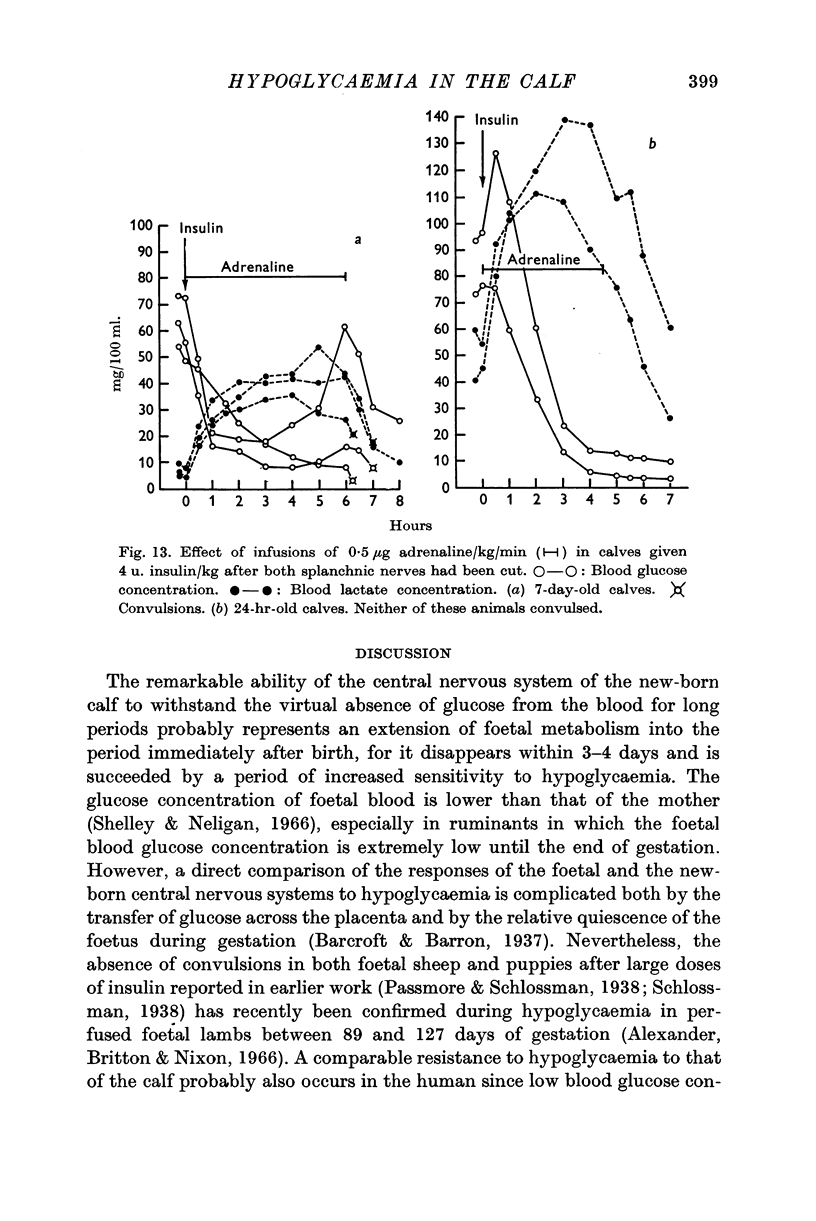
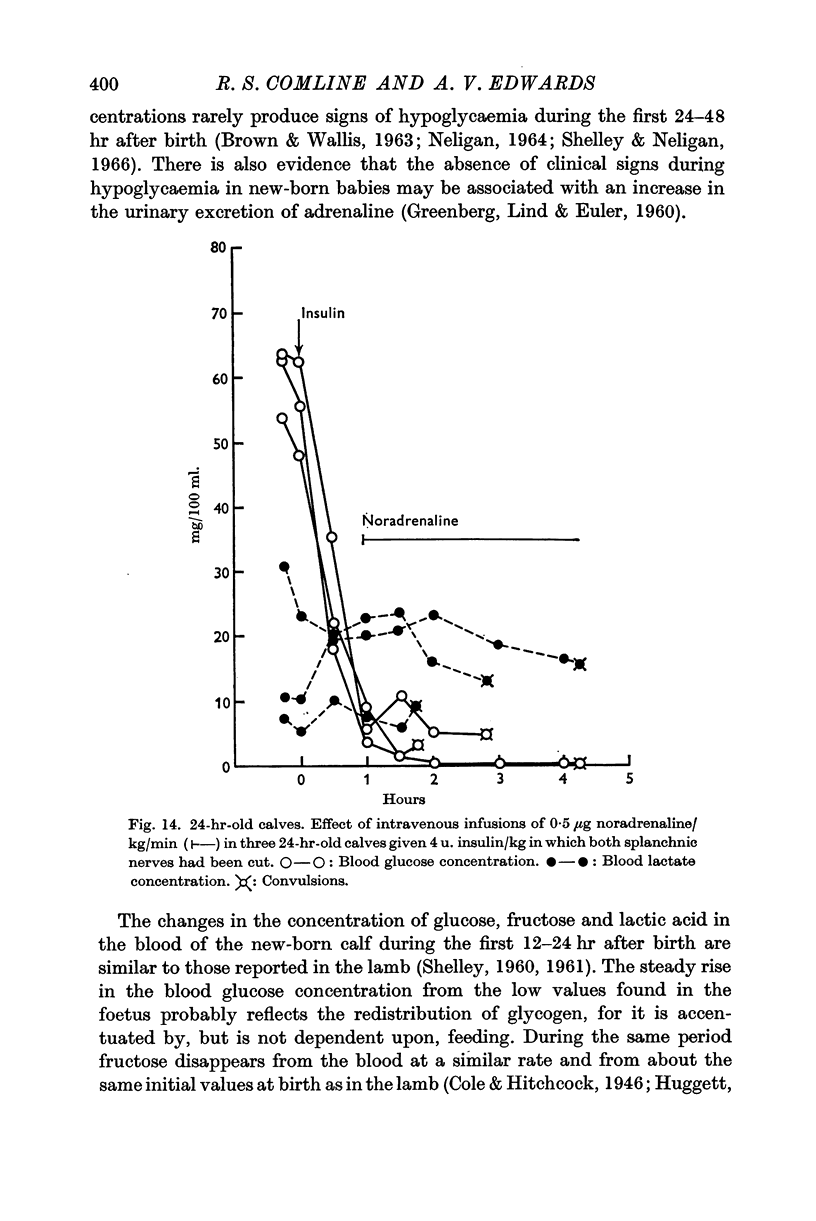
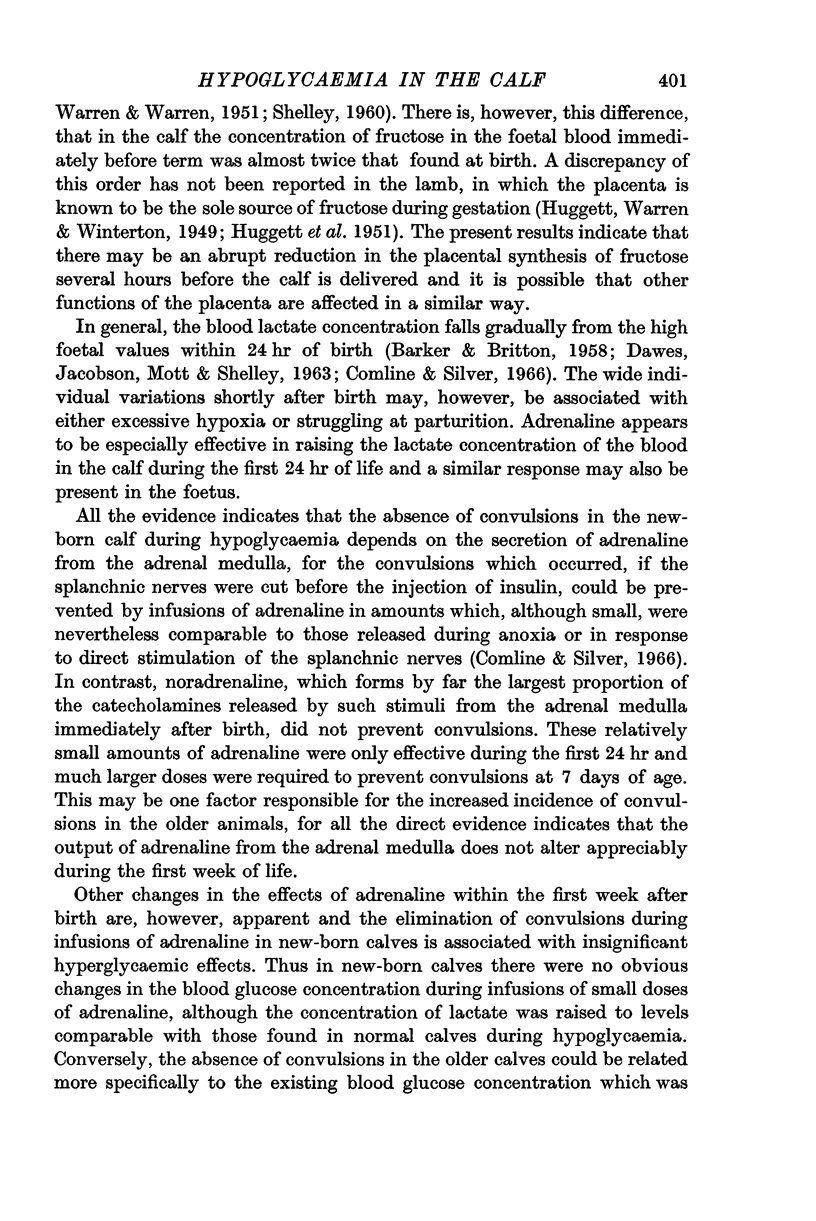
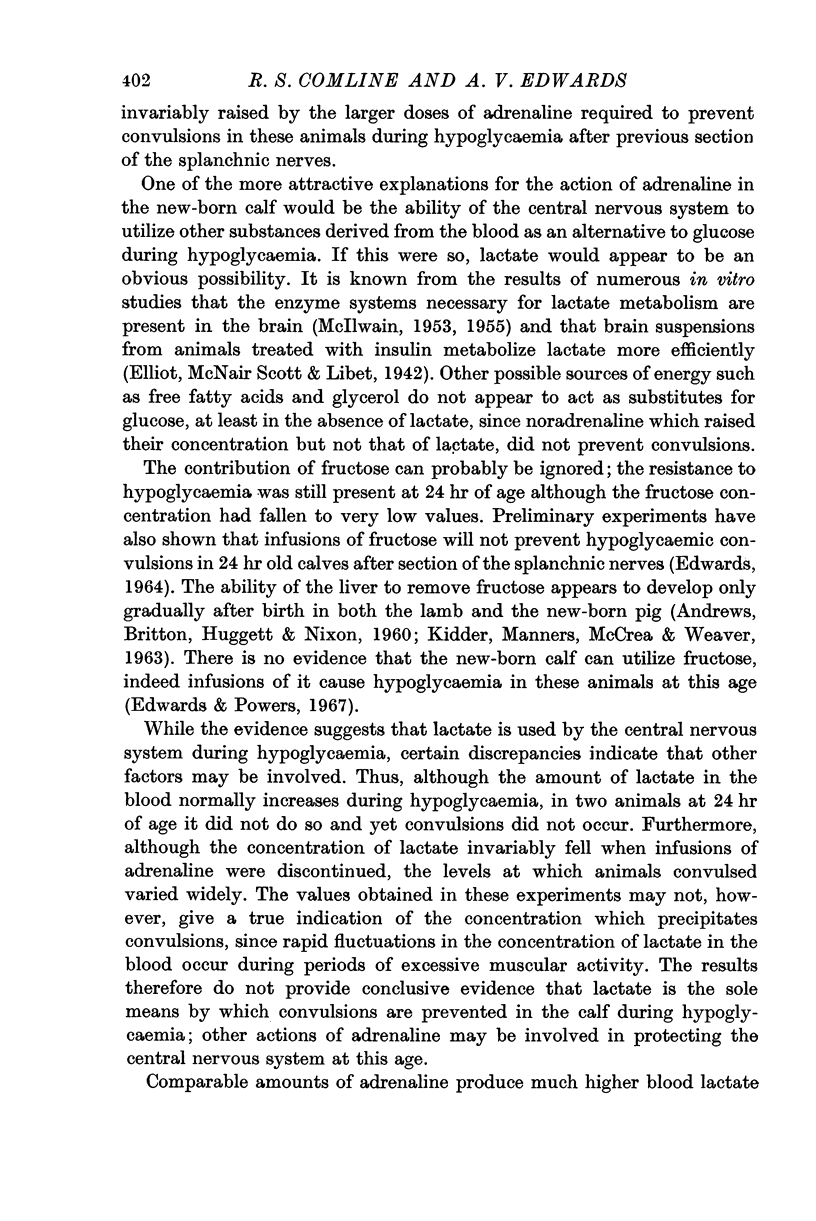
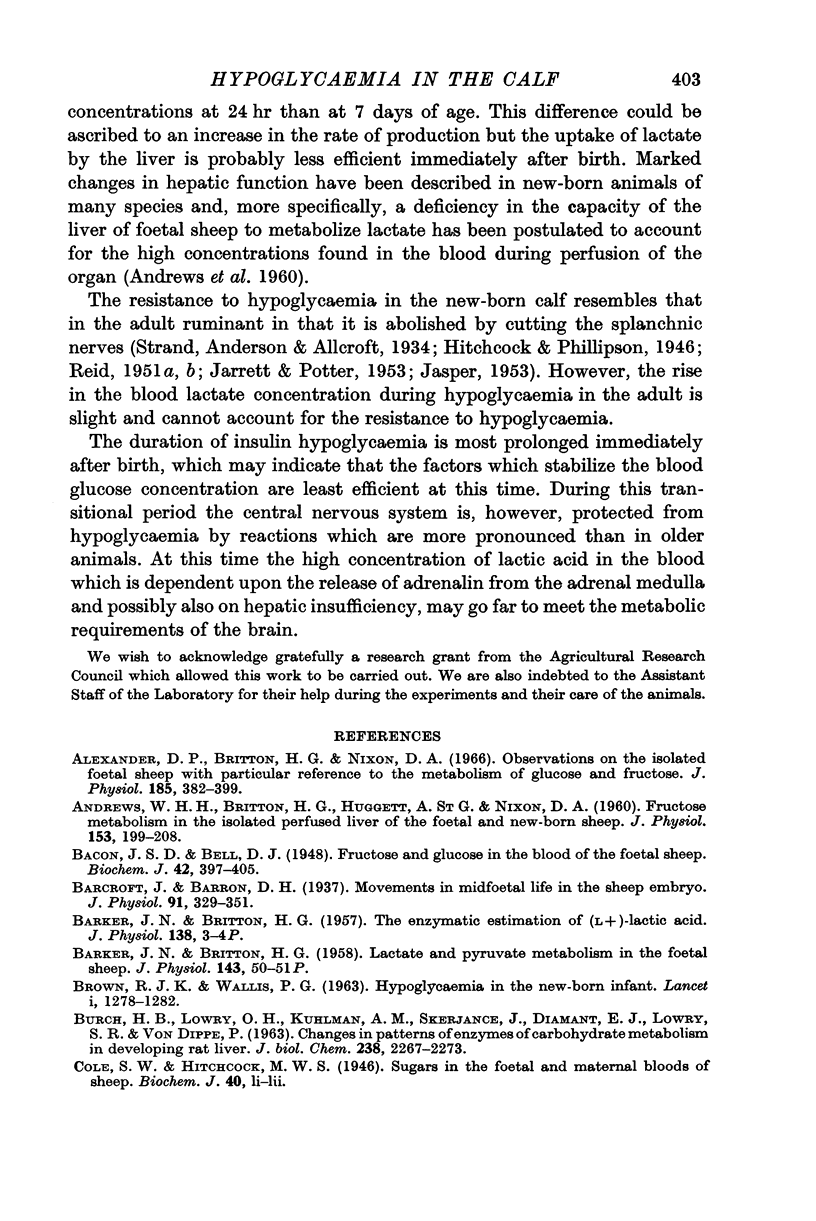
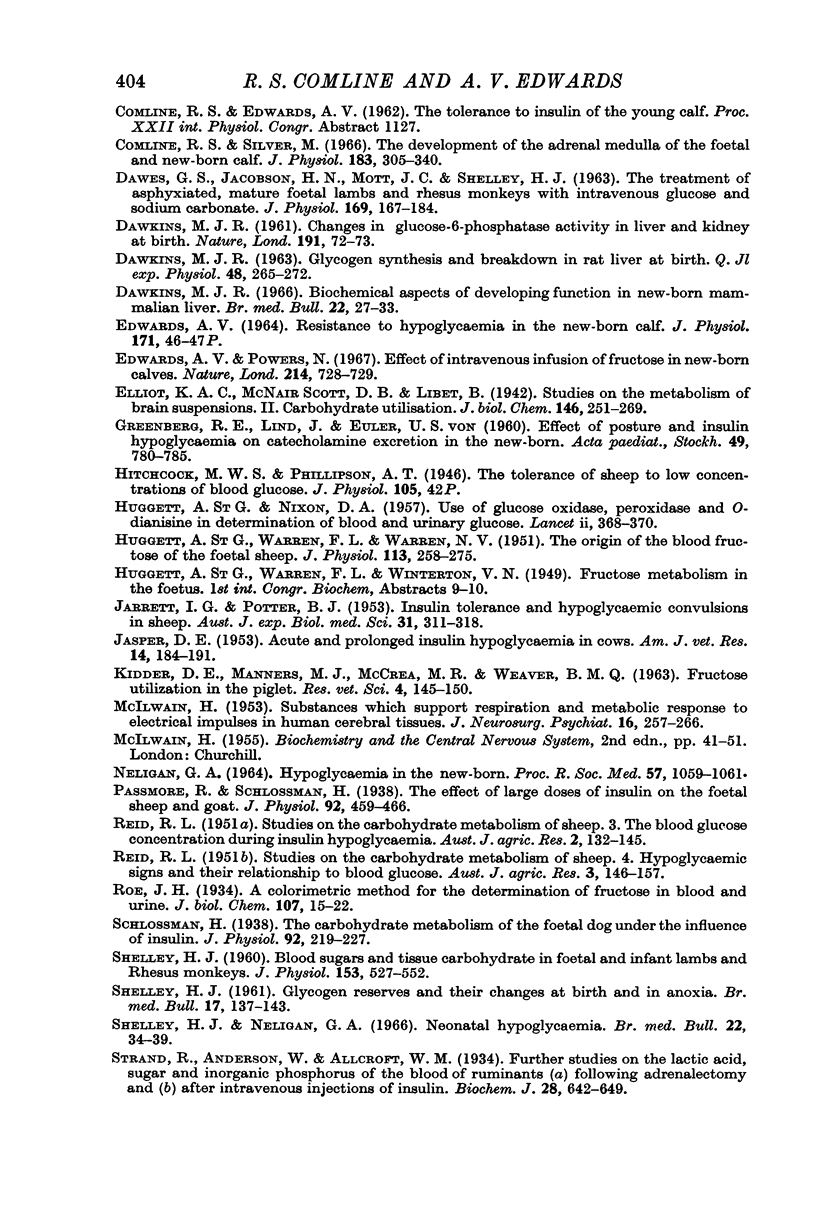
Selected References
These references are in PubMed. This may not be the complete list of references from this article.
- ANDREWS W. H., BRITTON H. G., HUGGETT A. S. Fructose metabolism in the isolated perfused liver of the foetal and new-born sheep. J Physiol. 1960 Aug;153:199–208. doi: 10.1113/jphysiol.1960.sp006528. [DOI] [PMC free article] [PubMed] [Google Scholar]
- Alexander D. P., Britton H. G., Nixon D. A. Observations on the isolated foetal sheep with particular reference to the metabolism of glucose and fructose. J Physiol. 1966 Jul;185(2):382–399. doi: 10.1113/jphysiol.1966.sp007991. [DOI] [PMC free article] [PubMed] [Google Scholar]
- BROWN R. J., WALLIS P. G. Hypoglycaemia in the newborn infant. Lancet. 1963 Jun 15;1(7294):1278–1282. doi: 10.1016/s0140-6736(63)91981-0. [DOI] [PubMed] [Google Scholar]
- BURCH H. B., LOWRY O. H., KUHLMAN A. M., SKERJANCE J., DIAMANT E. J., LOWRY S. R., VON DIPPE P. Changes in patterns of enzymes of carbohydrate metabolism in the developing rat liver. J Biol Chem. 1963 Jul;238:2267–2273. [PubMed] [Google Scholar]
- Bacon J. S., Bell D. J. Fructose and glucose in the blood of the foetal sheep. Biochem J. 1948;42(3):397–405. doi: 10.1042/bj0420397. [DOI] [PMC free article] [PubMed] [Google Scholar]
- Barcroft J., Barron D. H. Movements in midfoetal life in the sheep embryo. J Physiol. 1937 Dec 14;91(3):329–351. doi: 10.1113/jphysiol.1937.sp003563. [DOI] [PMC free article] [PubMed] [Google Scholar]
- Comline R. S., Silver M. The development of the adrenal medulla of the foetal and new-born calf. J Physiol. 1966 Mar;183(2):305–340. doi: 10.1113/jphysiol.1966.sp007868. [DOI] [PMC free article] [PubMed] [Google Scholar]
- DAWES G. S., JACOBSON H. N., MOTT J. C., SHELLEY H. J., STAFFORD A. THE TREATMENT OF ASPHYXIATED, MATURE FOETAL LAMBS AND RHESUS MONKEYS WITH INTRAVENOUS GLUCOSE AND SODIUM CARBONATE. J Physiol. 1963 Nov;169:167–184. doi: 10.1113/jphysiol.1963.sp007248. [DOI] [PMC free article] [PubMed] [Google Scholar]
- DAWKINS M. J. Changes in glucose-6-phosphatase activity in liver and kidney at birth. Nature. 1961 Jul 1;191:72–73. doi: 10.1038/191072b0. [DOI] [PubMed] [Google Scholar]
- Dawkins M. J. Biochemical aspects of developing function in newborn mammalian liver. Br Med Bull. 1966 Jan;22(1):27–33. doi: 10.1093/oxfordjournals.bmb.a070432. [DOI] [PubMed] [Google Scholar]
- Edwards A. V., Powers N. Effect of intravenous infusion of fructose in newborn calves. Nature. 1967 May 13;214(5089):728–729. doi: 10.1038/214728a0. [DOI] [PubMed] [Google Scholar]
- GREENBERG R. E., LIND J., von EULER U. Effect of posture and insulin hypoglycemia on catecholamine excretion in the newborn. Acta Paediatr. 1960 Nov;49:780–785. doi: 10.1111/j.1651-2227.1960.tb16088.x. [DOI] [PubMed] [Google Scholar]
- HUGGETT A. S. G., WARREN F. L., WARREN N. V. The origin of the blood fructose of the foetal sheep. J Physiol. 1951 Apr;113(2-3):258–275. doi: 10.1113/jphysiol.1951.sp004570. [DOI] [PMC free article] [PubMed] [Google Scholar]
- HUGGETT A. S., NIXON D. A. Use of glucose oxidase, peroxidase, and O-dianisidine in determination of blood and urinary glucose. Lancet. 1957 Aug 24;273(6991):368–370. doi: 10.1016/s0140-6736(57)92595-3. [DOI] [PubMed] [Google Scholar]
- JARRETT I. G., POTTER B. J. Insulin tolerance and hypoglycaemic convulsions in sheep. Aust J Exp Biol Med Sci. 1953 Aug;31(4):311–318. doi: 10.1038/icb.1953.37. [DOI] [PubMed] [Google Scholar]
- JASPER D. E. Acute and prolonged insulin hypoglycemia in cows. Am J Vet Res. 1953 Apr;14(51):184–191. [PubMed] [Google Scholar]
- NELIGAN G. A. HYPOGLYCAEMIA IN THE NEWBORN. Proc R Soc Med. 1964 Nov;57:1059–1061. [PMC free article] [PubMed] [Google Scholar]
- Passmore R., Schlossmann H. The effect of large doses of insulin on the foetal sheep and goat. J Physiol. 1938 May 14;92(4):459–466. doi: 10.1113/jphysiol.1938.sp003615. [DOI] [PMC free article] [PubMed] [Google Scholar]
- Schlossmann H. The carbohydrate metabolism of the foetal dog under the influence of insulin. J Physiol. 1938 Mar 14;92(2):219–227. doi: 10.1113/jphysiol.1938.sp003596. [DOI] [PMC free article] [PubMed] [Google Scholar]
- Shelley H. J. Blood sugars and tissue carbohydrate in foetal and infant lambs and rhesus monkeys. J Physiol. 1960 Oct;153(3):527–552. doi: 10.1113/jphysiol.1960.sp006553. [DOI] [PMC free article] [PubMed] [Google Scholar]
- Shelley H. J., Neligan G. A. Neonatal hypoglycaemia. Br Med Bull. 1966 Jan;22(1):34–39. doi: 10.1093/oxfordjournals.bmb.a070433. [DOI] [PubMed] [Google Scholar]
- Strand R., Anderson W., Allcroft W. M. Further studies on the lactic acid, sugar and inorganic phosphorus of the blood of ruminants, (a) following adrenalectomy and (b) after intravenous injection of insulin. Biochem J. 1934;28(2):642–649. doi: 10.1042/bj0280642. [DOI] [PMC free article] [PubMed] [Google Scholar]
- Visit of delegation from La Société de Chimie Biologique on the occasion of the Discussion Meeting on ;The chemical basis of cell structure and function', 10 November 1945. Biochem J. 1946;40(1):1–2. doi: 10.1042/bj0400001. [DOI] [PMC free article] [PubMed] [Google Scholar]


